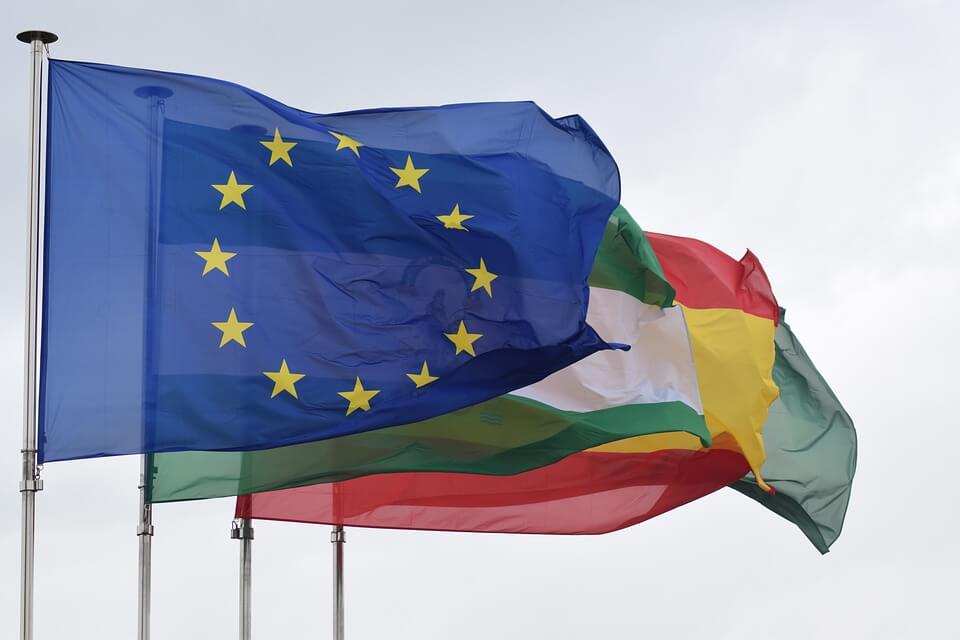Earlier this month, companies and organizations within the cryptocurrency and bitcoin industries including Kraken, Ledger, Golem, Melonport and BigchainDB submitted the European Regulatory Report on blockchain and related technologies to the European Union.
The initiative was led by Neufund, Lacore Rechtsanwälte and Wardyński Partners, with the long-term vision to convince financial regulators at EU and the European Parliament to consider crypto tokens or ICO tokens as a new asset class.
Growth of the ICO Market, Increasing Efforts From Governments to Regulate Ethereum
Since the beginning of 2017, various countries including China, Japan and South Korea, the three largest bitcoin exchange markets in the world behind the US, have announced their official plans to regulate the Ethereum and Initial Coin Offering (ICO) markets.
Within a span of months, ICOs such as Melonport and Golem that previously were able to raise upwards to $10 million in their ICO campaigns started to raise hundreds of millions of dollars in campaigns that lasted hours.
EOS for instance, an ICO and blockchain project that is aiming to provide a more efficient, scalable and flexible network for decentralized applications, recently raised over $185 million in its ICO. However, the ICO campaign of EOS was criticized by many experts analysts, specifically due to the controversial Token Purchase Agreement.
An official investment advice document entitled “EOS Token Purchase Agreement” released in June explicitly emphasized that the native crypto token of EOS has no intrinsic purpose and use cases, and therefore, should not be considered as an investment, currency or commodity.
The document read:
“As mentioned above, the EOS Tokens do not have any rights, uses, purpose, attributes, functionalities or features, expressed or implied. Although EOS Tokens may be tradable, they are not an investment, currency, security, commodity, a swap on a currency, security, or commodity or any kind of financial instrument.”
To investors, it was quite evident that the purpose of the EOS Token Purchase Agreement was to avoid potential legal conflict that may arise between the US Securities and Exchange Commission and EOS, along with its investors. Hence, like Ethereum did in 2015, EOS had to emphasize that its tokens did not have any purpose because of the ambiguous legal grounds of ICOs.
How Categorization of ICO Tokens as New Asset Class Will Lead to ICO and Ethereum Markets Growth
The European Regulatory Initiative Report drafted by the bitcoin and Ethereum industries’ most influential and largest companies is attempting to change the regulatory ecosystem of ICOs by convincing the EU and its parliament to define ICO or crypto tokens as a new asset class.
In the Philippines, bitcoin is defined as a legal and legitimate remittance payment method. In Japan, bitcoin is defined as a legal currency while in China, it is considered as a commodity. The legal definition of bitcoin varies from countries to countries and the EU’s acknowledgement of ICO tokens as a new asset class would at least ease the regulatory burden placed on ICO campaigns.
Section 4.1.2 entitled “Legal Implications” on the European Regulatory Initiative Report read:
“As shown above intrinsic tokens do not require any social acknowledgment, nor any underlying legal concept to become effective and efficient. Without requiring these two components, which are otherwise fundamental for any other asset, tokens form a new asset class. Since tokens simply trigger or complete a certain transaction in a protocol that cannot be changed or amended or terminated by a party that forms a contractual counterpart to the respective token holder, no law is required to guide the behavior of parties involved.”
The regulation of ICOs and Ethereum in Europe will likely trigger the growth of the ICO market and Ethereum network in general.
Image Credit: Creative Commons, No Attribution Required
